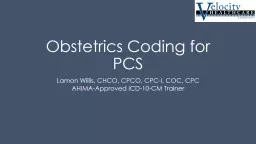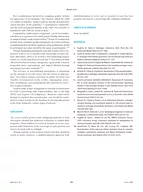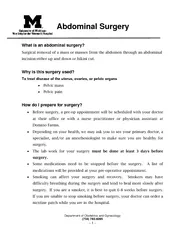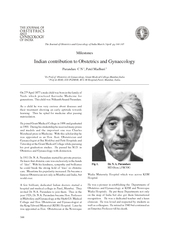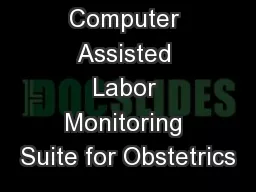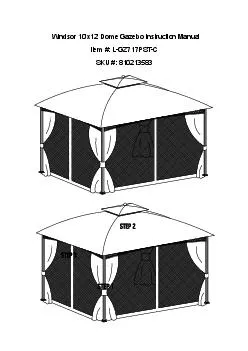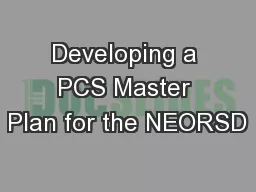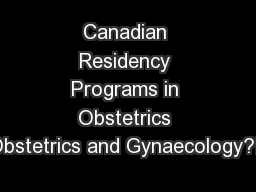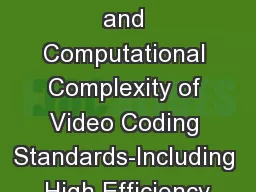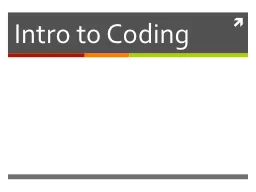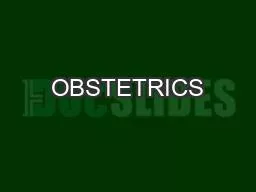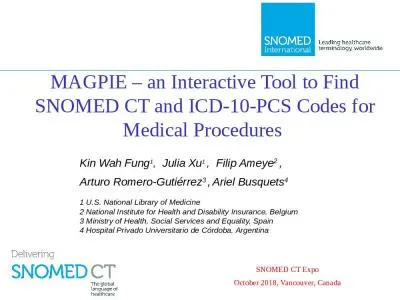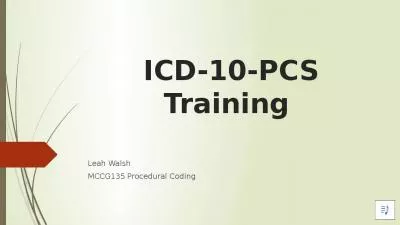PPT-Obstetrics Coding for PCS
Author : tatyana-admore | Published Date : 2020-04-04
Lamon Willis CHCO CPCO CPCI COC CPC AHIMAApproved ICD10CM Trainer Goals amp Objectives Differentiate between Medical and Surgical and Obstetrical sections
Presentation Embed Code
Download Presentation
Download Presentation The PPT/PDF document " Obstetrics Coding for PCS" is the property of its rightful owner. Permission is granted to download and print the materials on this website for personal, non-commercial use only, and to display it on your personal computer provided you do not modify the materials and that you retain all copyright notices contained in the materials. By downloading content from our website, you accept the terms of this agreement.
Obstetrics Coding for PCS: Transcript
Download Rules Of Document
" Obstetrics Coding for PCS"The content belongs to its owner. You may download and print it for personal use, without modification, and keep all copyright notices. By downloading, you agree to these terms.
Related Documents

